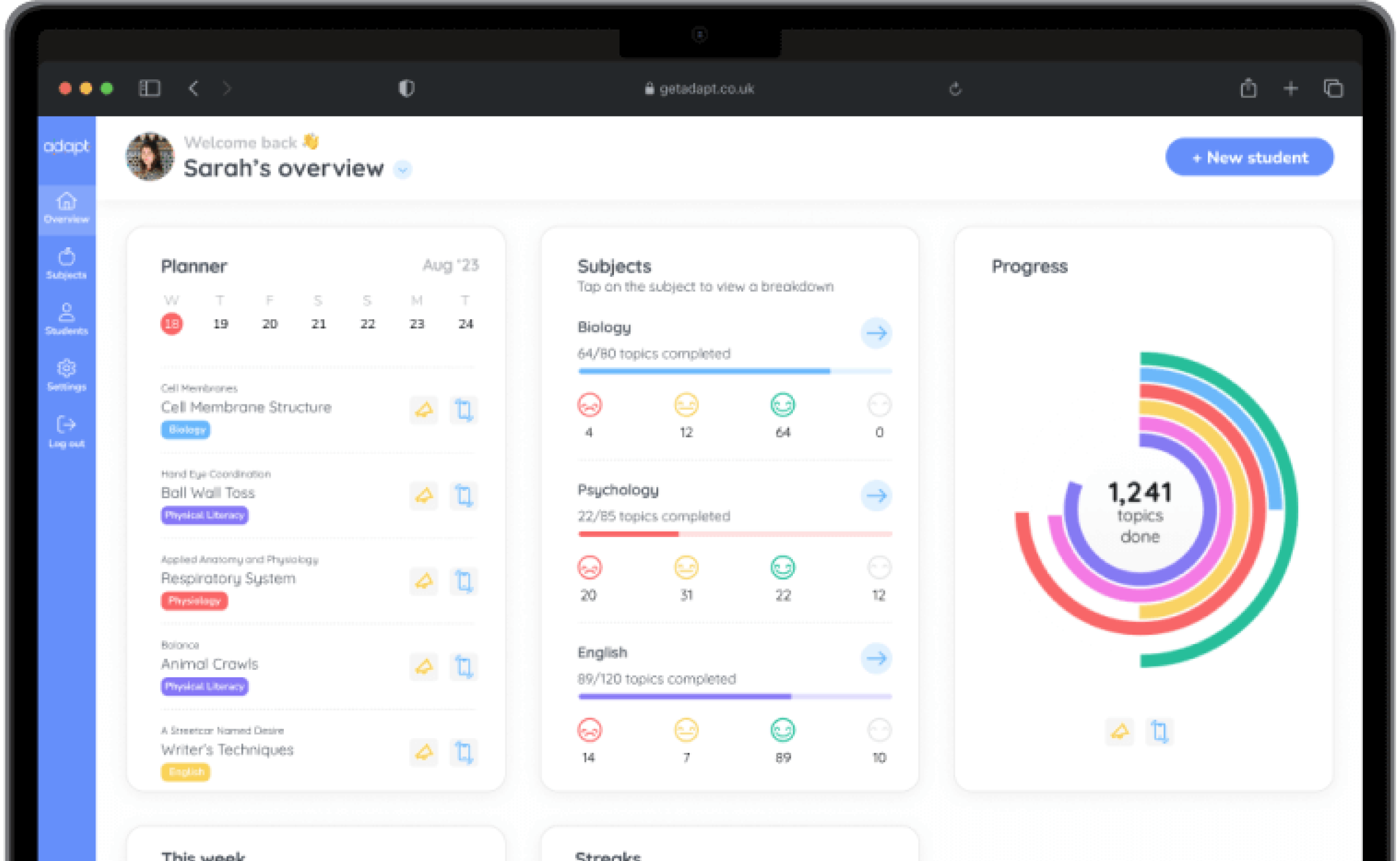Advanced Economics
Advanced Economics
Perfect Competition
🤓 Study
📖 Quiz
Play audio lesson
Perfect Competition
Characteristics of Perfect Competition
- Numerous buyers and sellers: In a perfectly competitive market, there should be a large number of buyers and sellers. No single buyer or seller can influence the price on their own.
- Homogeneous product: All firms produce an identical product that is not differentiated by branding, quality, or other attributes. Because products are identical, buyers do not have a preference for who they buy from.
- Free entry and exit: Firms are free to join or leave the market at any time, without any restrictions or barriers to entry or exit.
- Perfect information: All buyers and sellers have complete knowledge about the prices, products, and production techniques. This helps to ensure competition and the efficient allocation of resources.
- No transaction costs: There are no costs for transacting, meaning that firms can respond immediately to changes in the market.
Effects of Perfect Competition
- Price takers: In the perfect competition market, all firms are price takers. They must accept the market-determined price, as they have no power to influence it.
- Profit maximisation: In the short term, perfectly competitive firms will charge a price where marginal cost equals marginal revenue (MC=MR) to maximise profits.
- Economic efficiency: In the long run, perfectly competitive markets achieve both productive and allocative efficiency. Firms produce at the lowest possible cost (productive efficiency) and produce what consumers want (allocative efficiency).
- Consumer and producer surplus: These markets result in maximum possible consumer and producer surplus, meaning they are socially optimal.
Disadvantages of Perfect Competition
- Lack of product differentiation: As all firms produce identical products, there is no incentive to innovate or improve the product, which could limit progress.
- No economies of scale: Firms tend to be small and are unable to reap the benefits of large-scale production.
- Imperfect real-world application: Perfect competition is a theoretical concept. In reality, most markets do not satisfy all the conditions of perfect competition.
Comparison to Other Market Structures
- Monopolistic competition: Unlike perfect competition, monopolistic competition involves differentiated products, implying that firms have some control over pricing.
- Oligopoly: Oligopolies are characterised by a small number of large firms that dominate the market, unlike the large number of small firms in perfect competition.
- Monopoly: In a monopoly, there is only one seller, the exact opposite of perfect competition.





